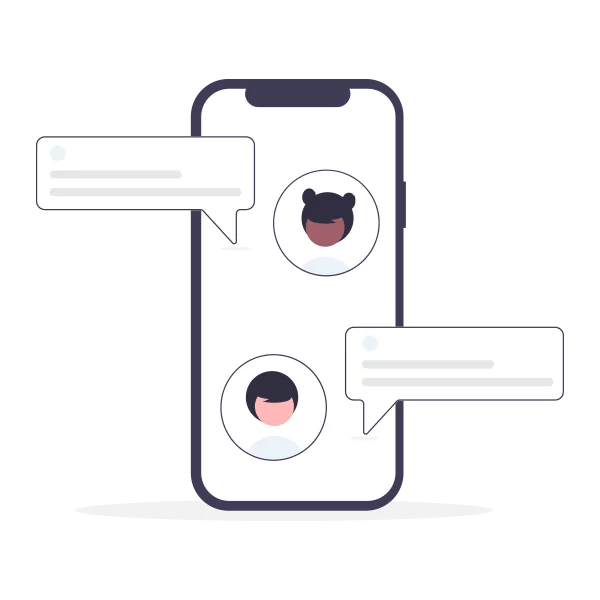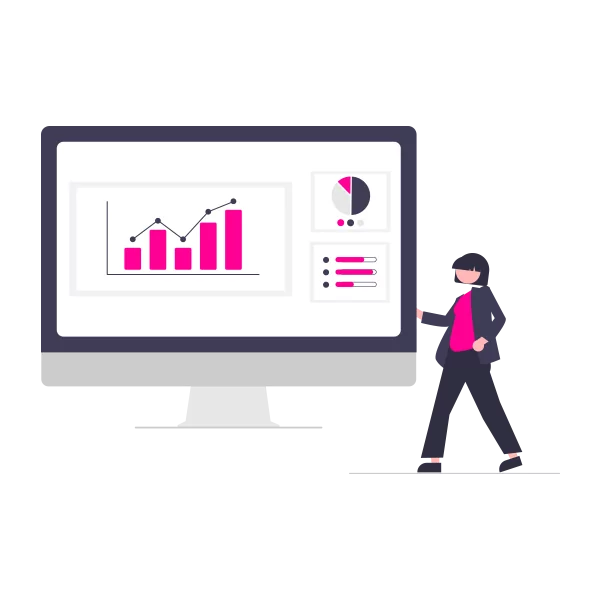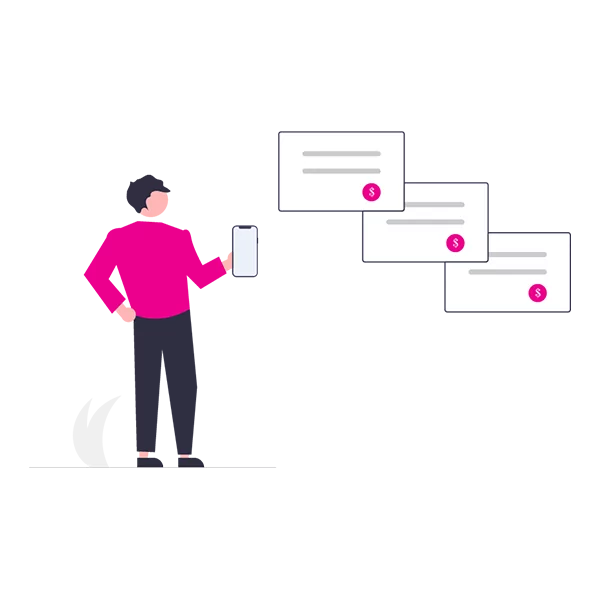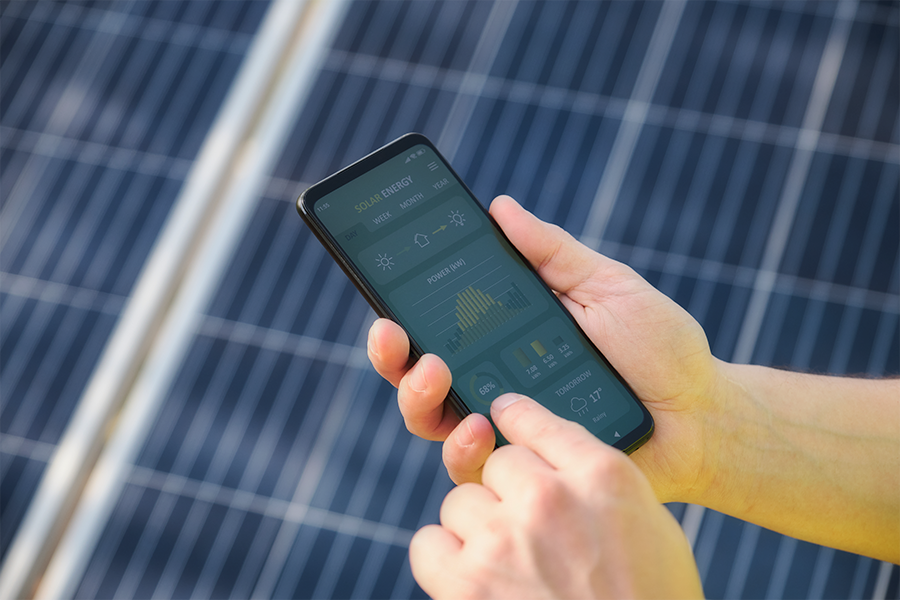Assisting vulnerable customers and managing debt
Today, utilities are faced with an increasing number of customers struggling to pay their bills. Those customers tend to approach their utility company when they first experience trouble paying or immediately following a non-payment. In both cases, you are forced to react to the issue rather than working proactively to prevent it. Customer Service Representatives (CSRs) may become overwhelmed by these frequent interactions with unhappy, stressed customers, which negatively impacts their motivation, career fulfillment, and mental well-being.
As a utility you must also navigate the demands of state and federal regulators, which set and enforce policies to protect vulnerable customers and ensure they have access to affordable and reliable energy. Additional laws and guidelines govern how your utility can engage with past-due accounts and collect debt, dictating how often and how assertively you can contact customers, as well as what types of information can be shared with credit reporting agencies.
All these factors contribute to what is ultimately a complex issue requiring a balance between collecting necessary payments and treating customers fairly.
The solution
To deliver the best customer experience, utilities must adopt a proactive, digital-centric approach to supporting those in need while managing debt. At the heart of this strategy must be a modern Customer Information System (CIS) that leverages the power of digitalization to:




Continue Reading
Transforming energy suppliers into solution providers: 5 key strategies
In today's fast-paced world, energy suppliers must evolve into comprehensive solution providers. Discover five key strategies to lead this evolution.
3 ways AI is transforming how utilities serve customers
Discover how Microsoft's Copilot AI, a natively integrated component of our UMAX CIS/CRM, can enhance customer experience, alleviate demand on your customer service teams, and boost operational efficiency.
Transforming Energy Management in Utilities: how to put your customers in control
Discover 3 actionable strategies energy suppliers can implement to empower their customers and drive a paradigm shift in energy management.




